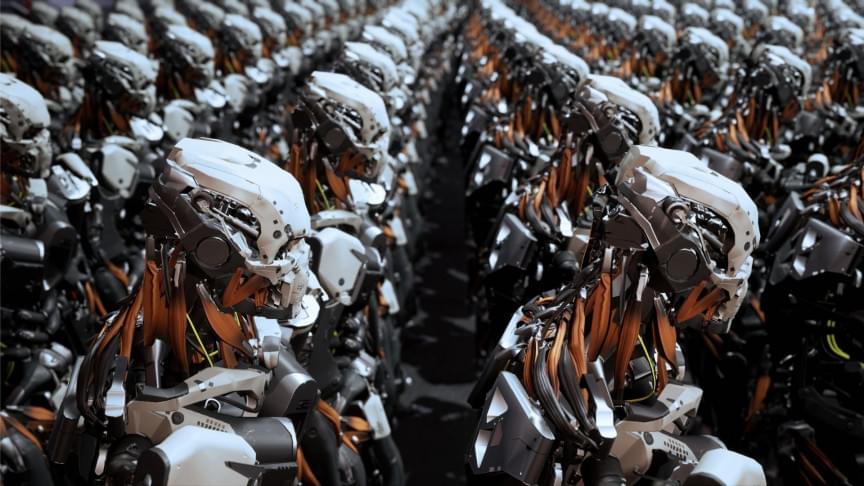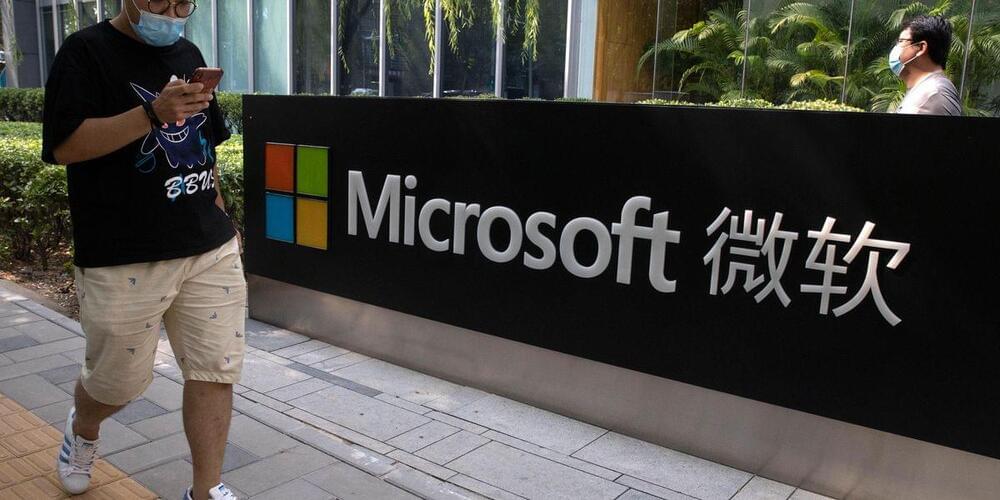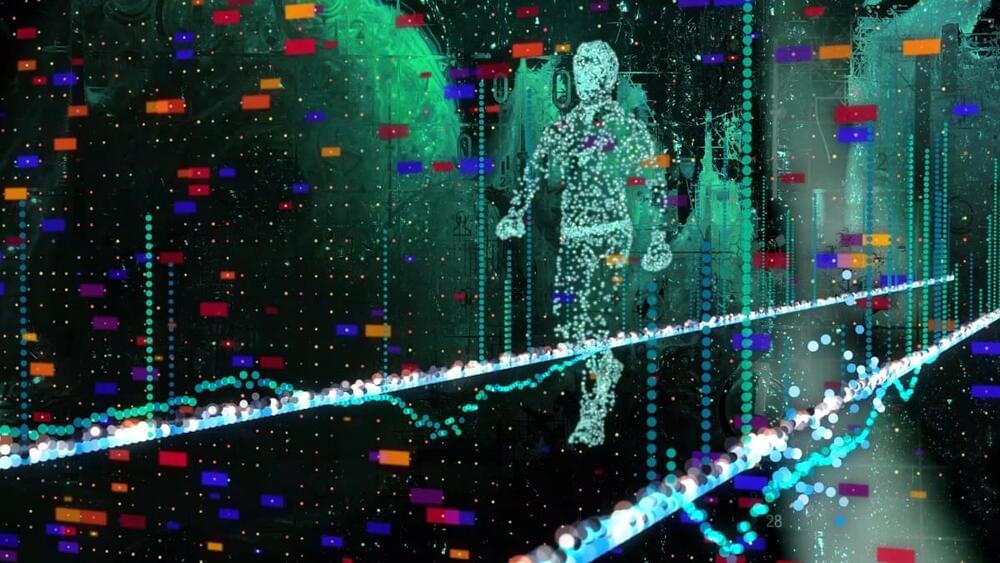The research study of Spanish clinical neuropsychologist Gabriel G. De la Torre, Does artificial intelligence dream of non-terrestrial techno-signatures?, suggests that one of the “potential applications of artificial intelligence is not only to assist in big data analysis but to help to discern possible artificiality or oddities in patterns of either radio signals, megastructures or techno-signatures in general.”
“Our form of life and intelligence,” observed Silvano P. Colombano at NASA’s Ames Research Center who was not involved in the study, “may just be a tiny first step in a continuing evolution that may well produce forms of intelligence that are far superior to ours and no longer based on carbon ” machinery.”








